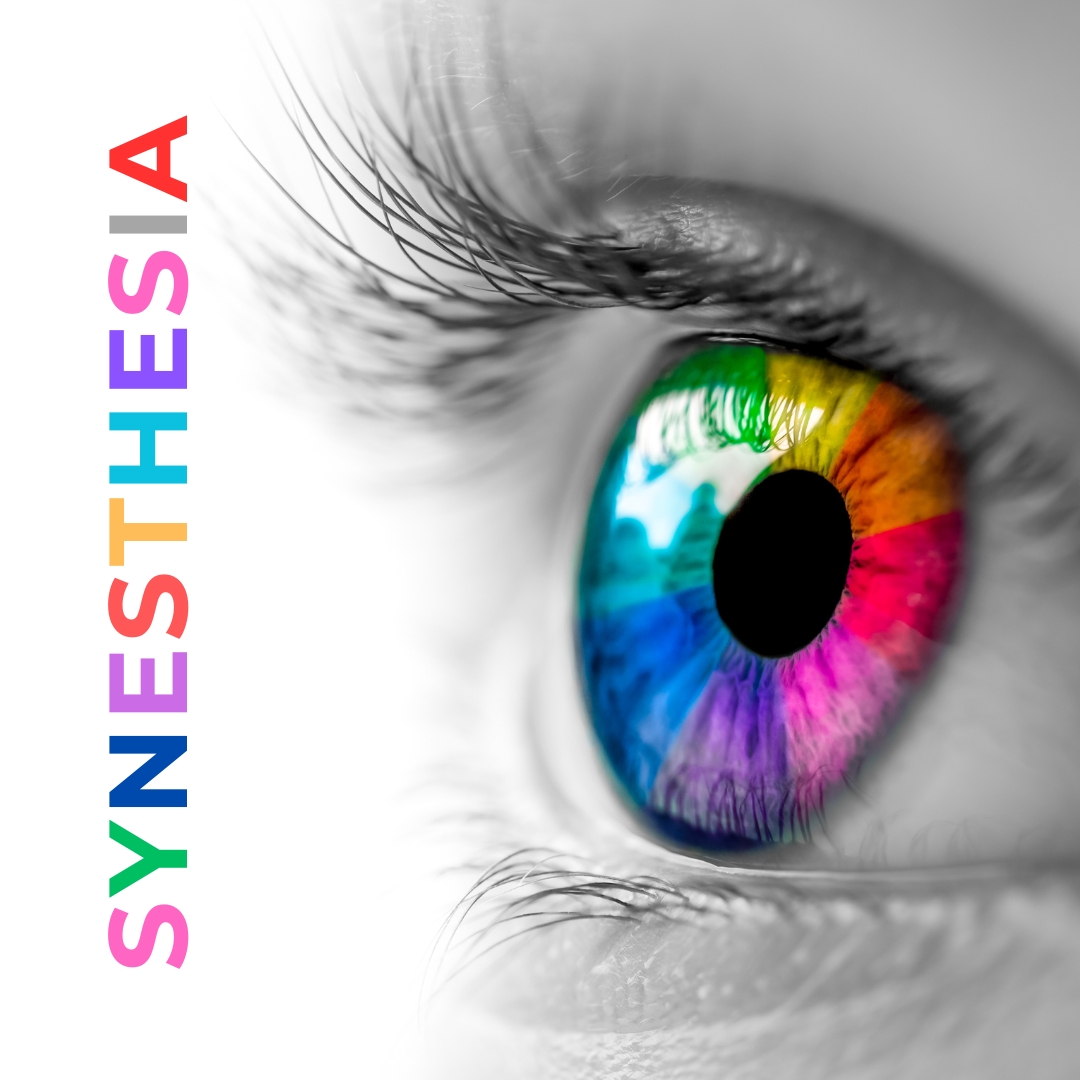
One afternoon when our son Charlie was about ten years old, my wife Kelly was watching a show in which actress Molly Shannon was being interviewed. In passing, Shannon mentioned to the host that her mind had an odd way of automatically associating numbers and letters with certain colors. For instance, 8 was always purple, 9 was always orange, K was always green, and L always blue. All the numbers, she said, had certain shades, and all the letters took on certain hues. She said it was something she’d experienced ever since she was a kid and that it was called synesthesia.
Charlie wasn’t really watching the show closely but picked up on enough of it that he casually mentioned to Kelly that his letters and numbers had colors too. Kelly did some quick research and asked him about each letter of the alphabet and each number, 1 through 10. As he answered, Kelly scribbled down what he said.
For Charlie it went like this: 1—black, 2—yellow, 3—green, 4—purple, and so on with each digit having its own assigned color. For the alphabet, it was: A—red, B—green, C—blue, D—black, and E—green also, but a slightly lighter shade than B, and so on, again with each letter getting its own color. Kelly then waited a few weeks and asked him the same questions— what color is 1, 2, 3, etc.; what color is A,B,C, etc.? When asked, without hesitation, Charlie gave the exact same answers, identical to what he’d said a few weeks earlier.
Charlie, a grapheme-color synesthete, automatically associates colors with numbers, letters, and, as it turns out, days of the week too. But there are a number of subtypes—as many as 60 to 80 kinds of synesthesia. Some synesthetes taste particular words, associating the word “book” with burnt brown sugar or the word “pencil” with a citrus flavor, for example. Then there’s auditory-tactile synesthesia. A synesthete of this sort might report hearing sounds like honking horns or dripping faucets producing feelings of pressure, pain, or a temperature change in his or her body. Then, there’s mirror-touch synesthesia. Those with this kind may feel a touch on their own arm or a stub of a toe when they witness it occuring to someone else. Then there are sound-color synesthetes who see specific colors and designs in their field of vision when they hear particular musical instruments. There are also time-space synesthetes who automatically visualize calendars or number sequences as three-dimensional ovals or maps in their mind’s eye.
Research indicates that synesthesia, prevalent in about 4% of the population, occurs when the brain routes information it’s taking in through multiple senses at once, crossing its own circuitry, in effect, causing the person to experience one sense combined with another. But what’s perhaps even more interesting about all this is, as was the case with Charlie, many of those experiencing synesthesia don't even realize it’s unusual. They assume everyone has this ability until it’s somehow brought to their attention that this isn’t the case.
When I learned this about Charlie, it struck me how limited our knowledge is concerning the way others, even those close to us, process information, think, and feel. We’re each closed systems in a sense, and our best assumption is that people experience things exactly as we do, but this isn’t really the case. Somewhat relatedly, I was always amazed how, after an accident, when I took statements as an attorney, folks who all witnessed the same event often saw it very differently, then created very disparate narratives depending on their differing perspectives and, of course, their biases.
Whether it’s related to how our brains process information or that we all bring our own biases and experiences to the table, it might be a good thing to remind ourselves from time to time that not only do people of good faith and good will see the world in many different ways but that we don’t appreciate this fact nearly enough.
In this context, philosophers offer us the term epistemic humility, which refers to an approach to life rooted in the recognition that how we see and interpret events is not only limited and incomplete but also always filtered through our own experience. For this reason, our confidence in our views and our pronouncements about them should always be tempered with an acknowledgement of these limitations. More colloquially put, epistemic humility urges us to be a little less sure of ourselves. If we follow this advice, we just might find the world is actually a more colorful and vibrant place than we thought.
God—Give me eyes to better experience the world through the eyes of others. Amen.





